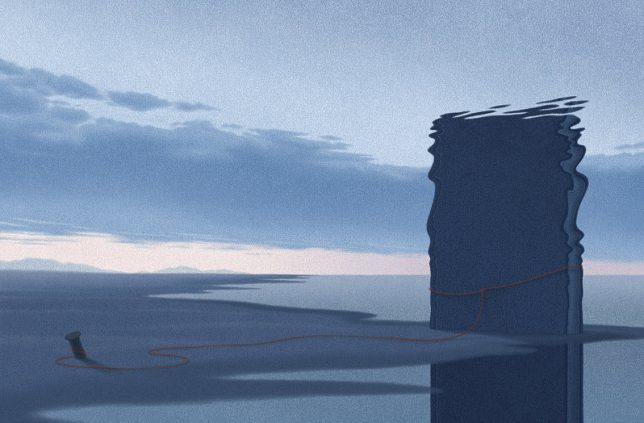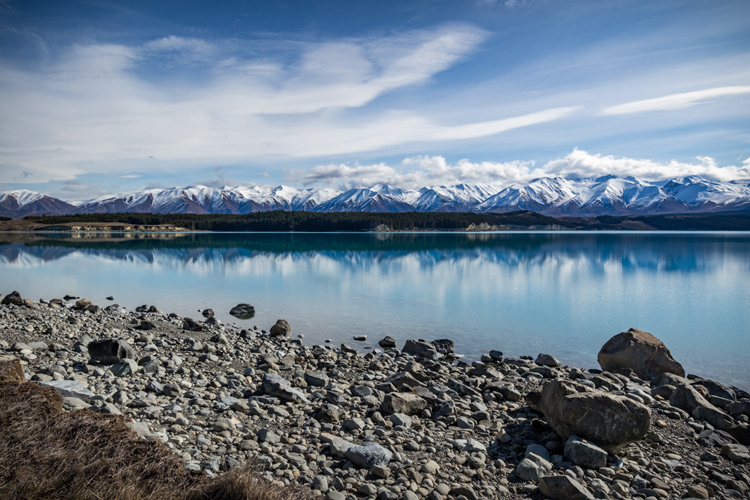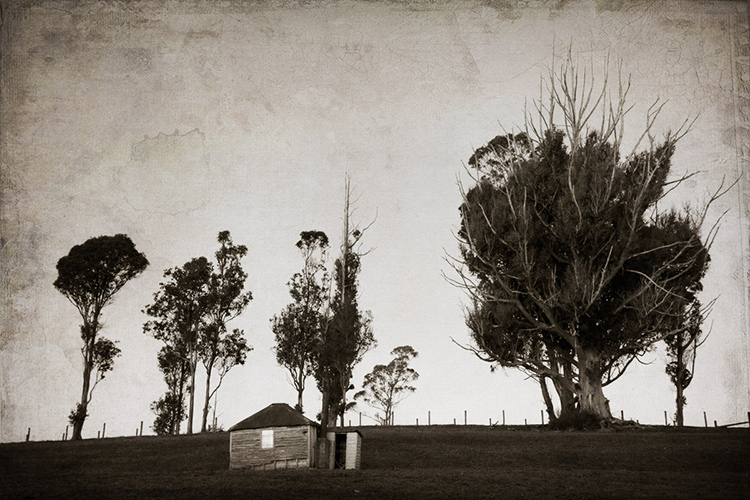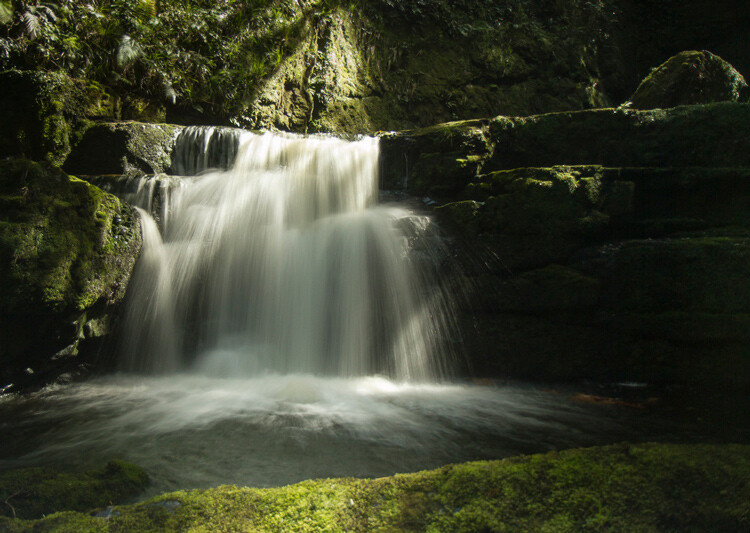 |
APS-C is a strange sensor format. Derived from the dimensions of the short-lived Advanced Photo System film negative, it emerged as the dominant format in the early days of the DSLR revolution largely because for many years, full-frame digital sensors weren’t a practical option in consumer-level cameras. Canon used the even more obscure APS-H format for a few generations of its sports-oriented EOS-1D series, but by 2012, full-frame was solidly (re)established as the ‘professional’ format for both of two biggest D/SLR manufacturers.
Given the inherent messiness of adapting film-era platforms to digital, it’s no surprise that the respective APS-C strategies of the major D/SLR manufacturers have seemed a little confused at times over the past couple of decades. Now though, with every one of them (except Pentax/Ricoh) either defunct or offering at least one mirrorless lens mount, we are officially, finally, in a post-film era. As such, you’d hope that the battle lines in the so-called ‘format war’ might have become a little clearer.
So what does the Z50 tell us about Nikon’s APS-C strategy?
Well, the first thing it tells us is that there actually is a strategy. Nikon clearly believes that right now, and for the foreseeable future, a market exists for cameras which do not contain full-frame sensors.
Here’s Naoki Kitaoka, Department Manager of the UX Planning Department in the Marketing Sector of Nikon’s Imaging Business Unit, in conversation with me back in March.
“Since we launched the Z series, our DX format DSLR users have been asking us to apply mirrorless technology to the DX format as well. If we employ APS-C sensors [in mirrorless] maybe the system can be made even smaller”
Boiled down, this translates to ‘our customers have been asking for mirrorless APS-C, and we may take that opportunity to create even smaller cameras’. These hints, plus the steady flow of rumors over the past few months, made the Z50 (or something like it) inevitable.
To dismiss DX format Z-mount at this stage is like deciding a TV show will never be good because you don’t like the pilot
My colleagues Richard and Carey probably speak for a lot of our readers when they say that on the face of it, the Z50 feels a little underwhelming, and I tend to agree with them. But we all know that one camera and a couple of kit lenses alone do not represent a fully executed plan. It would be silly to dismiss DX format Z-mount development at this stage – it’s rather like deciding a TV show will never be any good just because you don’t like the pilot.
 |
| The Z50 (L) shares a lot of its DNA with the full-frame Z6 (R), including a generous grip and twin-dial ergonomics. Its main differentiators compared to Nikon’s FX line are size, weight, accessibility and cost. |
What future for enthusiast APS-C?
However, the fact that Nikon is pushing APS-C as ‘smaller’, and the fact that the Z50 isn’t launching with a fast prime lens or two is a pretty clear signal that – for now – the company would prefer enthusiasts and professionals to focus on its full-frame Z cameras. That doesn’t mean we won’t see (for example) a DX 23mm F1.4 at some point. I just think it’s unlikely to happen any time soon, and as per Nikon’s roadmap, definitely not in the next couple of years. If I were a betting man, I’d put money on Nikon’s next DX Z camera being a slimmed-down, cheaper version of the Z50.
In effect then, it looks like Nikon is doing with the Z mount what it has been doing with the F mount for the past ten years: Making APS-C products for beginners and hobbyists, and full-frame cameras for advanced enthusiasts and professionals. 1 For APS-C users that want to expand their creative horizons with additional, more serious lenses, they’ll have to invest in the FX lens lineup, and accept a 1.5X increase in effective focal length. Or, better yet, jump in with both feet and upgrade to a full-frame camera.
Exhibit A: Nikon’s spotty record when it comes to DX lens development for its F-mount DSLRs, which has seen only one dedicated DX prime (the Micro Nikkor 40mm 2.8) released in the past ten years.
Given the size and weight advantages bestowed by APS-C, manufacturers see more potential for entry-level users
Why this lack of dedicated DX lenses? The brutal fact is that most APS-C cameras that are sold are bundled with one lens – the kit zoom – and the majority of the people that buy them never add another lens to their collection. 2
There’s an argument to be made that this is a self-fulfilling prophesy – Nikon’s APS-C customers can’t very well buy lenses that don’t exist, can they? But look at the market as a whole – with a handful of honorable exceptions, there are very few high-quality lens options available for APS-C anywhere, including from third-parties.
 |
| The only manufacturer currently marketing a really convincing range of ‘professional’ APS-C products is Fujifilm. Skipping full-frame entirely, Fujifilm has focused on the strengths of the smaller format when it comes to speed and mobility, while its high-resolution medium format GF lineup caters to landscape and portrait professionals. |
That doesn’t mean that enthusiast-focused APS-C systems are impossible (just look at Fujifilm) but it does help explain why the big hitters of the D/SLR era remain wary about spending a lot of money developing lenses optimized for this format.
Given the undeniable size and weight advantages bestowed by APS-C, manufacturers understandably see more potential here for attracting entry-level users, perhaps even first-time camera buyers upgrading from smartphones. Witness the Z50: A small stills/video camera, packed with Instagram-friendly filter effects, but versatile enough, and with a deep enough ergonomics to allow for creative growth.
What about Canon?
This is an article about Nikon, but I would like to briefly touch on Canon’s APS-C strategy. Here’s Canon, also speaking to us back in March, when we visited the CP+ tradeshow in Yokohama:
“We wanted to develop RF to its full potential, so we wanted the latest specifications, state-of-the art technology and design. In the process of developing a no-compromise system, it became apparent that this wouldn’t be compatible with EF-M.”
In short – when developing the RF system, Canon determined that any attempt to incorporate compatibility with EF-M would result in unacceptable compromises. Very likely, in other words, RF is full-frame only, now and forever.
Canon really doesn’t want you mounting an RF lens on an EOS M body, or putting an EF-S lens on a full-frame EOS DSLR
Whereas Nikon is now supporting, in effect, four lens lineups: Full-frame (FX) and APS-C (DX) for two systems, Canon’s four mounts (EF, EF-S, EF-M and RF) span three systems. Of those four flavors of lenses, only EF lenses can be used on all three mounts. An EF-S lens won’t go on a full-frame EOS body, an EF-M lens won’t go on a full-frame EOS or RF body, and an RF lens won’t go on an EOS or EOS M body.
On the face of it, that’s a muddle. Nikon’s approach, whereby DX and FX lenses are interchangeable on either format, but force either a crop or a focal length increase, appears more logical. But this cross-system incompatibility is probably very deliberate on Canon’s part. Even if it were mechanically possible, Canon wouldn’t want you mounting an RF lens on an EOS M body, or putting an EF-S lens on a full-frame EOS DSLR, because they don’t want you to cross the streams.
 |
| Canon’s EOS M6 II is the company’s most ‘serious’ EOS M camera to date, and operationally it’s quite similar to Nikon’s Z50. Both cameras are aimed at beginner and casual photographers, but both offer enough creative control to allow for growth (and differentiate themselves from smartphones). |
Canon wants to keep the channels clear, by making one set of products for its APS-C customers, and another for the full-framers, with no cross-talk to confuse the signal.
Unlike Nikon (whose adventures in the 1-inch sensor format could be the subject for a whole other article) Canon has been testing the waters of large-sensor mirrorless for a while with the APS-C EOS M lineup, which debuted in 2012. Significantly, the M-mount was, is, and always will be an APS-C mount, for engineering reasons.
After a slow start, EOS M has evolved into a really nice little system. The EOS M6 II is terrific, there’s (finally) a decent fast prime in the EF-M lineup, and Sigma’s recent announcement that its popular DC DN lenses will be available for the system is good news, too. 3
For all that, it’s still a system which is ostensibly aimed at beginners and hobbyist photographers. The implied message is that if you want to take advantage of the best technology (especially optical technology) that the company has to offer, you’ll need to step up to full-frame. And that means RF.
Summing up
On a strategic level, then, Canon and Nikon’s APS-C plans appears to be pretty much the same: Differentiate the format from full-frame by aiming at the entry-level and hobbyist demographic, and hope that those customers eventually step up to the larger sensor format.
The difference is that with Nikon, if want to you go from DX to FX (or back the other way) you don’t necessarily need to invest in a whole new set of lenses to do so. One downside of Nikon’s approach is that by putting a small APS-C sensor into a large full-frame mount, Nikon has placed a hard limit on the compactness of any resultant DX Z-mount cameras.
With Nikon, if you go from DX to FX you don’t need to invest in a whole new set of lenses
In the end, then, Nikon’s approach to APS-C and full-frame development is very Nikon: Focus on one mount, develop your best lenses for the common sensor format (FX) and get the most out it by allowing for cross-compatibility of DX and FX optics. And Canon’s strategy is very Canon: Give crossover customers a dedicated (and genuinely compact) crossover system, in the form of EOS M, and take the opportunity presented by a major new technology platform (full-frame mirrorless) to optimize optical development around a dedicated new mount (RF).
If the market for enthusiast APS-C products ever looks like growing, both manufacturers can meet that requirement with their mirrorless platforms. 4 But while Canon has opted to draw a clear, uncrossable line between APS-C and full-frame, Nikon would like us to believe that one – really wide – mount can accommodate more than one kind of photographer.
1: The exception to this general rule being the D500, which was in effect a companion camera to the D5 with a built-in 1.5X teleconverter when used with FX lenses (which, make no mistake, were the lenses Nikon wanted professional D500 users to shoot with).
2: This is one of the reasons that third-party lens manufacturers tell us that they don’t see much of a future in the wider APS-C market right now.
3: Of course the Sigma announcement can be read in two ways – as a vote of confidence in M from an influential third-party lens manufacturer, or possibly as an indicator that following the launch of its RF mount, Canon may have reassessed the cost/benefit calculation of keeping EF-M lens development to itself, versus licensing it to third-parties. In truth, it may be a bit of both.
4: Meanwhile we’ll probably continue to see both companies selling increasingly iterative budget APS-C DSLRs for a few more years. At the risk of mixing metaphors, that cash cow still has some milk left in it.
Articles: Digital Photography Review (dpreview.com)













































You must be logged in to post a comment.